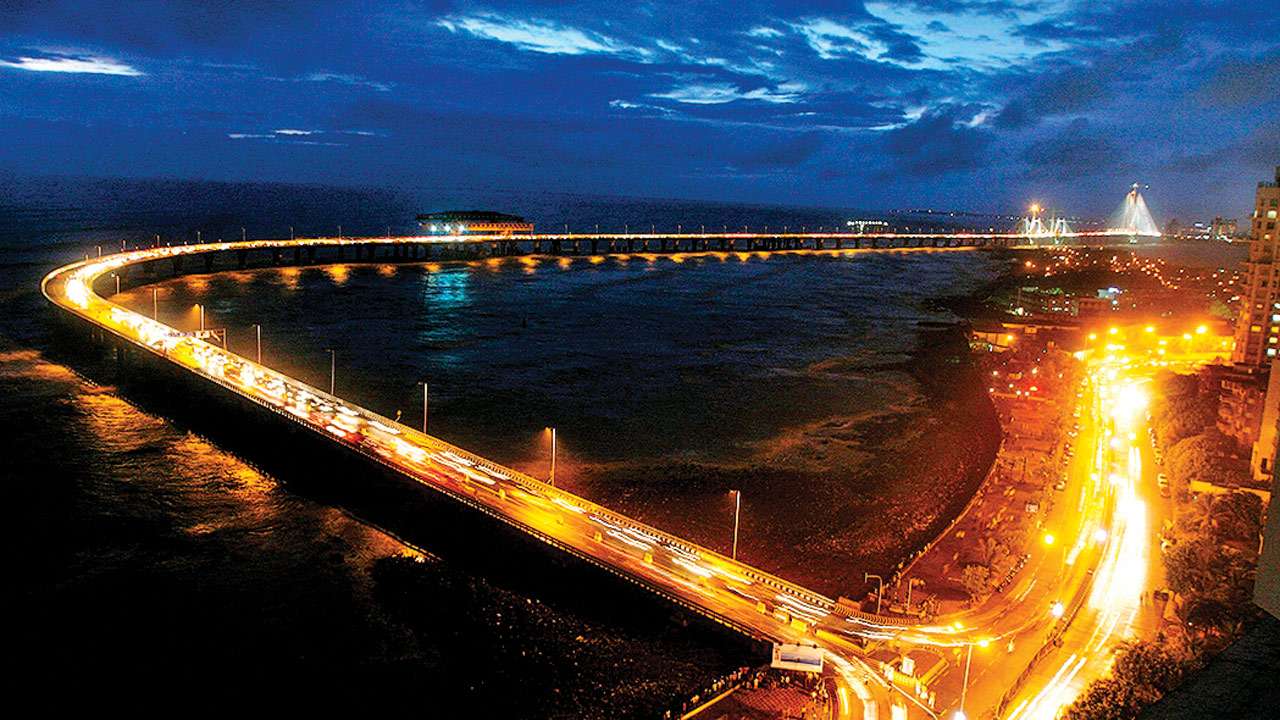
This column has often dwelt on environment-related topics such as climate change and shorter winters in the north and more recently on river pollution. The tabling of a report in the Lok Sabha by the Indian National Centre for Oceanic Information (INCOI), Hyderabad, draws our attention again to the environment, specifically to the threat of rising oceans. As per the scientists of the INCOI, sea-level rise between 1990 and 2100 can make coastal cities of India extremely vulnerable to flooding and can bring down settlements at the edge of the sea. Today’s posh real estate such as Mumbai’s Bandra Reclamation and Backbay Reclamation will literally be washouts.
Climate change-induced global warming and the melting of ice sheets and continental glaciers continually increase the sea level, which leads the natural hazards such as tsunami and cyclones. In response to an RTI by an activist, the Ministry of Environment has reverted with the data that Mumbai’s sea levels are rising by 1mm each year. That is relatively small compared to what is happening in the east coast. A 2015 study by a team of researchers led by a scholar from JNU used remote sensing and GIS data and found that sea levels rise by 4.7mm per year in the Ganga-Brahmaputra delta region of the eastern coast, making it the most vulnerable to flooding.
To deal with the threat of climate change, the Paris Agreement of 2016 pronounced that countries would work to keep global temperature rise in this century well below 2 degrees Celsius above pre-industrial levels. But now climate scientists are saying that even with this minimal rise in global temperatures, the effects on sea levels will be disastrous.
India is expected to be one of the worst affected. The Indian Ocean, according to some scientists, is warming up faster than other oceans. A study this year by researchers in IIT Gandhinagar has identified 78 Indian cities which need to rehaul their urban storm water drainage systems as they are liable to be at risk for severe flooding in the decades to come. Mumbai, which is already feeling the impact through flooded streets every year, is of huge concern to those who have a ringside view of what might unfold in the future. A lot of Mumbai is artificially reclaimed land, connecting the seven original islands by filling up the watery spaces between them. So, it was sitting on thin ice, so to speak, since colonial times when the British initiated this landfilling process. But its rise as a commercial megalopolis didn’t take into account the urban form of the city. Now, new mega infrastructure projects are constructed — Worli Sea Link, metro rail and dizzying skyscrapers — with no factoring in of the precarious ground beneath or of the sea currents affected by these enormous changes to the landscape. The classic photograph of the huge wave hitting walkers in Marine Drive is likely to become so huge in the next fifty years, that it is no longer pretty, just dangerous.
The Ministry of Environment has released a beautifully compiled, freely-downloadable compendium of environmental information of the country, called Envi-Stats 2018. It reveals an alarming frequency in water-disasters. In the decade of the 1990s, there were three cyclones, all affecting Andhra Pradesh/Orissa. But in this century, starting with the tsunami of 2004, every single year there has been either a cyclone or a flood. These cyclones now affect every coastal state — Tamil Nadu, Puducherry, Karnataka, West Bengal, not just Andhra and Odisha like it used to be in the past. And floods have damaged non-coastal states such as Uttarakhand, Assam, Jammu and Kashmir and Bihar in 2008, 2012, 2013 and 2014. Even a casual observer can tell that something big is happening here. As the earth becomes warmer due to combustion of fossil fuels, it triggers storminess in seas and this in turn affects monsoon currents. This year’s Kerala floods, where the state received 37 per cent excess rain within two months instead of being spread out over the total four month monsoon season, are a grim testimony to these changes.
Just about twenty years ago, if someone talked of climate change, people would roll their eyes amusedly as if it was a far fetched conspiracy theory. But the changes to the earth are no longer someone’s fancy. It’s happening right here at our doorstep — in our flooded streets, in our need for more AC since summers are now hotter or how we have to dig deeper and deeper to put borewells because the groundwater has sunk to a lower level. When the current Gen Z becomes Gen X, some of the areas in our cities we take for granted, may not even exist.
The writer is an author and columnist